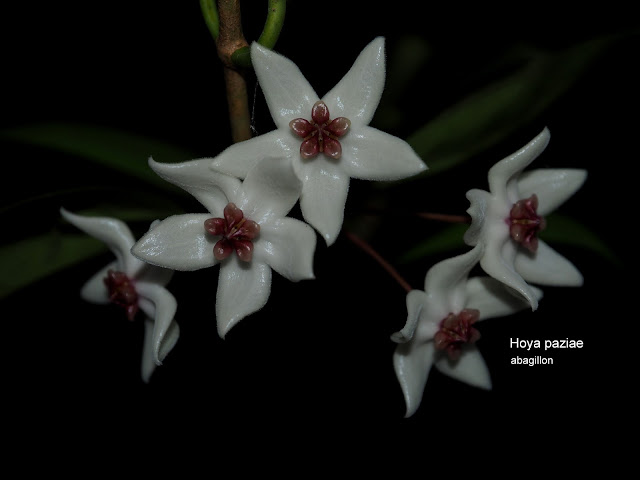Beaching, hmmm, what a term! There is no such a word, but i am creating it here.
One morning a few months ago when our temperatures are still colder, i nudged my nephew and niece to try early sunrise shots. They are not into photography yet, but i am trying to somehow get it to their consciousness. My nephew has already been trying the camera lent by a cousin. so we all have one camera each to use for the sunrise shots. The beach is only 7 minutes tricyle ride from our house on the hill, so we woke up early. My two companions are excited because that was only their first time for this activity. We were ready by 5:00am and were at the beach when it is still dark. But that was nice, as we can prepare our tripods and i can give them a few suggestions. But as a whole they were left on their own, let them learn by themselves.

Our beach is not really very conducive to swimming. It has bigger stones and the shore is not wide enough. Our town is actually known for scuba-diving and there are famous diving sites most especially at the back of the hill. Mabini is almost like a peninsula or a long piece of land protruding into the sea. This part facing east is Batangas Bay, while at the other side of the hill facing west is Balayan Bay. The map below shows Mabini town with its diving sites and the Maricaban Island at the south portion. Our Malimatoc Beach, facing east is labeled in purple, is not listed to have diving sites. However, it was known to be the site for the endangered species called rare golden scorpion fish
(Rhinopias frondosa) found near Red Rock or what we locally call
Pulang Bato. I actually blogged about it earlier.
For photos of the golden scorpion fish and more information about it please read
Jayvee Hernandez post.
Some fishermen are early with their boats too
They are already in action even before the sun rises at that twin peaks.
sun is now rising from the mountain at our horizon
other small boats are still parked on the shores
Small boats in this area are improving in designs, now they have those rising-curved ends
This is Pulang Bato or Red Rock, the home of the golden scorpion fish
the shore leading to Pulang Bato; the island at the back is Maricaban Island
my niece trying to use a tripod with my Olympus E-620
my nephew learning his borrowed Cannon camera
Allen and Eriel, on their way to be photo hobbyists
the sun is already high up there at 7:30 am
i realized this boat is too small for fishing, maybe this is just for fun boating
That was my niece's photo of me without my knowing it. I guess she has the eye for nice shots, i hope it gets even better with time, and they don't stop shooting.



















































